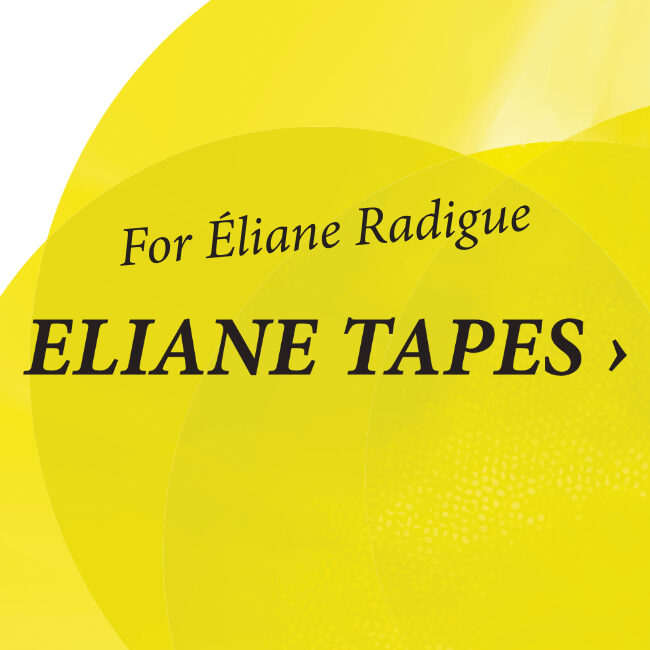Last weekend I was in Paris and visited the bookstore/gallery of Yvon Lambert. Quite some years ago he started a legendary publishing enterprise of prints and multiples by artists. At Lambert,
safely beneath a glass cover, a copy of Eliane Radigue’s double 7” ‘Σ = a = b = a + b’ was on display. One for sale. Signed, numbered but not in immaculate condition the coveted release was there to change hands for a hefty sum.
Sietse van Erve is an avid collector of experimental music and the like himself, but somehow I don’t see him shell out hundreds of euros for two 7”-s. Then again, who knows? Especially when
the release concerns one of his true inspirations. Van Erve produces music himself using the nom-de-plume Orphax, firmly and squarely in the drone department of experimental music and is deeply influenced by the works of Radigue. Perhaps never this has been so openly on display as on his most recent cd ‘2.20’.
Van Erve cites Radigue’s ‘Vice Versa’ as the main inspiration for ‘2.20’. This installation on the cross-over point between music and sound art featured two reel-to-reel recorders. The two tapes on the machine were very much alike. In playback in the installation setting these could be played at different speeds, forward or backward and with stereo channel manipulations (left only, right only, both, none). The audience was to ‘conduct’ the final – lengthy – piece, wholly indeterminate thus. The two 7” for sale at Lambert hold the same basic premise. Clashing sound waves, fluctuating pitches, overtones and subtle beatings further enlarge the already impressive drone tones Radigue laid down.
On ‘2.20’ Van Erve creates a sustained, barely changing drone. Almost twice as the difference between both tracks is pretty slight, yet manifest. Both are also exactly 20 minutes in duration. And the most fun bit is: you can download the files and start to mix these yourselves.
Although… the ‘fun’ is a bit marginal here as the audience now lacks the tactile handling of the turntable or reel-to-reel machine and mixing desk. We’ll have to make do then with this as second
best in the digital age, oh well.
These two drones bring out the best of Orphax’s tonal exuberance. Minimalism doesn’t have to mean lack of attention, at all. The timbres are tweaked towards bringing out the most detail in
the glistening glissandi. Jarring clashes only emerge from less scrupulous mixing by your truly, though it must be said it’s quite stunning to hear how easily both tracks can be played simultaneously without the sum being a blur or indiscriminate soup. Also: in your private mix Orphax brings to light how sine waves can cancel each other out in counter-phase or multiply/
amplify when flowing together – at your own hands that is. This alone is a recipe for hours and hours of mixing joys.
Back to the album as is, without the virtual mixing game. As with Radigue the drones project massive steadiness and slowly moving, waving and gliding movement(s). More than before in
Orphax’s work the drone is informed by an emotive undercurrent; like a primordial rumbling of the soul, maybe even so indeterminate that this might concern his soul as much as the listener’s.
The drone doesn’t discriminate. It fills the room; permeates the living air we breathe. And breathes along; sucks up the air blown into it from our lungs. The possibilities are endless. The
loop variations more than a Σ Van Erve can ever have foreseen. Releasing the power of the unforeseen, as emotionally informed as ‘2.20’ (and thus not an academic White Cube abstraction of the clinical sound art laboratory sort) can not only be considered a daring highlight in the massive (and sometimes not all that focused) catalog of Orphax, but also and even more so: a highly astute tribute to one of the absolute grandmasters of the drone.
Review by Sven Schlijper-Karssenberg
[bandcamp width=100% height=120 album=2195061414 size=large bgcol=ffffff linkcol=333333 tracklist=false artwork=small]
Read the original review here: http://vitalweekly.net/1078.html



